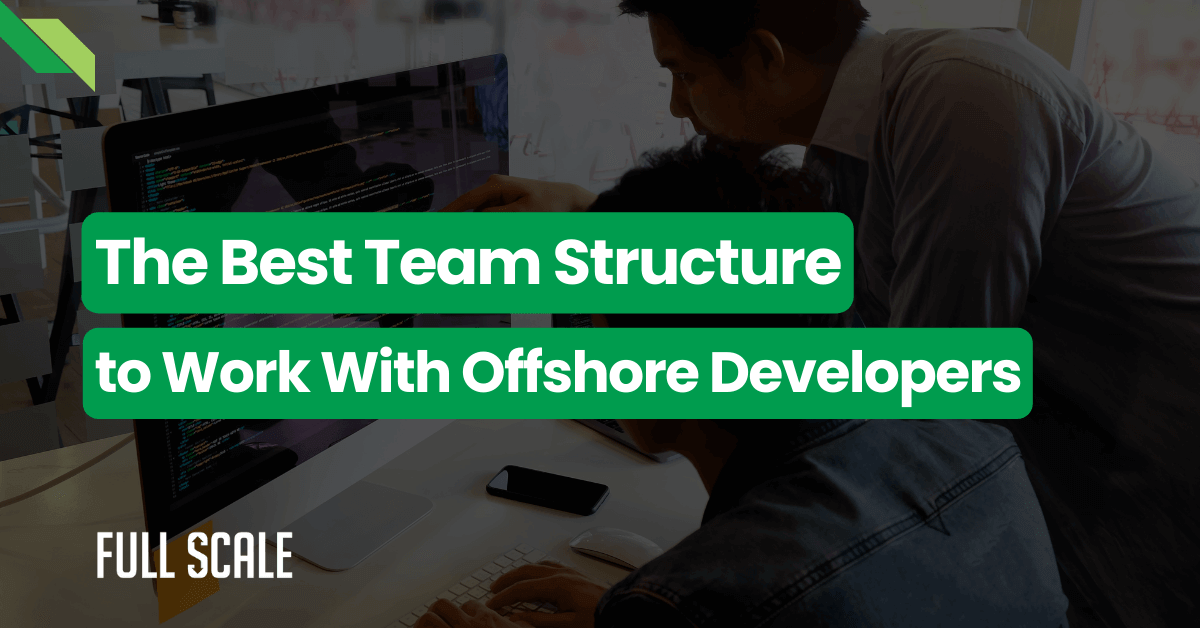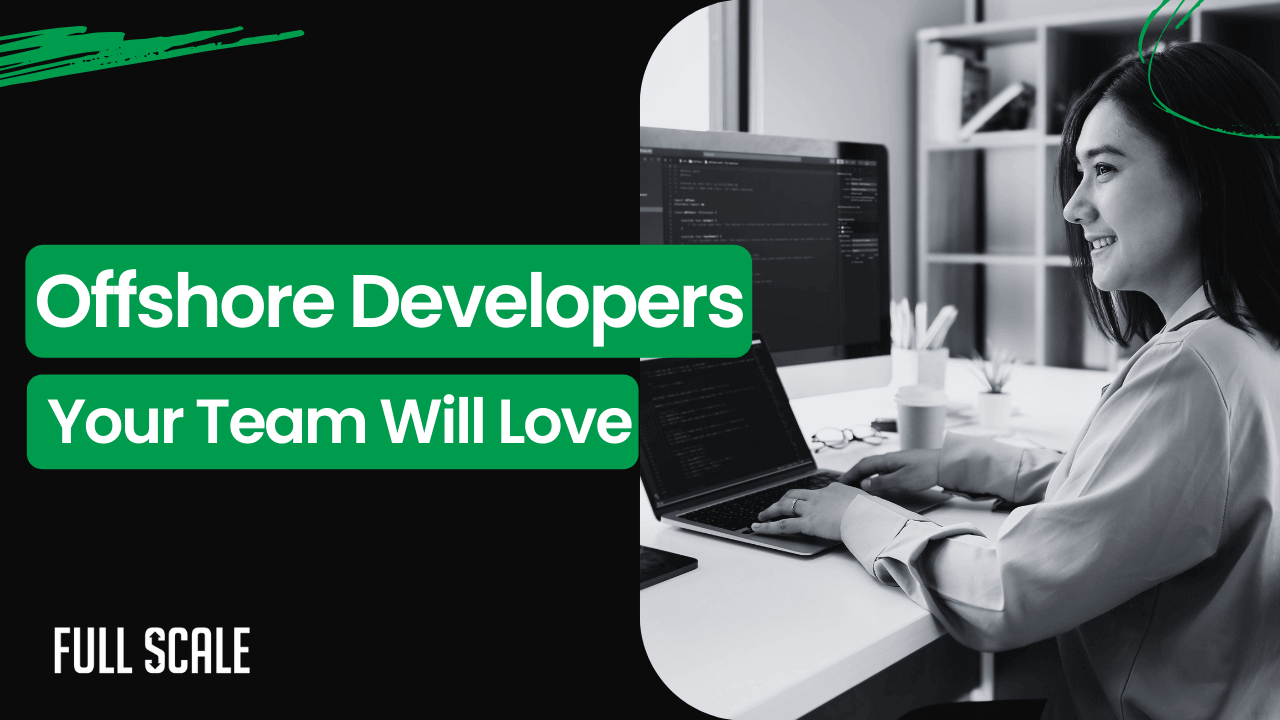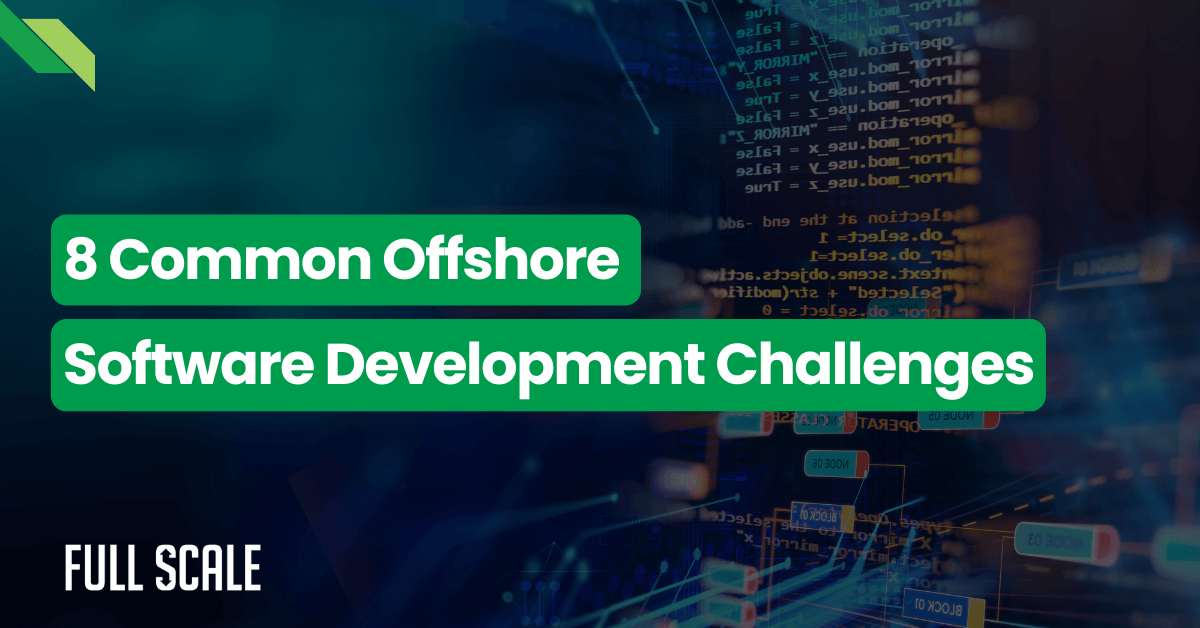Seamless developer onboarding is crucial for scaling technical teams efficiently.
A well-executed, seamless developer onboarding process can significantly reduce the time it takes for new hires to become productive team members. Implementing a seamless developer onboarding strategy is essential for maintaining a competitive edge in the industry.
According to a recent study by IDC, the average cost of losing a developer within the first year is $115,000, while effective onboarding can improve retention by 82% (IDC, 2021). Moreover, a survey by Stack Overflow found that 58% of developers believe poor onboarding is a significant factor in their decision to leave a company (Stack Overflow, 2022).
A well-structured, seamless developer onboarding process can help you:
- Accelerate time-to-productivity for new hires
- Maintain code quality and consistency
- Foster a collaborative and inclusive team culture
- Improve developer retention and job satisfaction
This ultimate guide will walk you through the best practices and strategies for implementing a seamless developer onboarding experience that drives long-term success.
The True Cost of Poor Developer Onboarding
Ineffective onboarding can have significant, quantifiable impacts on your development team. From extended time-to-productivity metrics to hidden costs and knowledge silos, poor onboarding practices can hinder your team’s success.
Let’s explore the true cost of suboptimal developer onboarding and how a seamless developer onboarding approach can help mitigate these issues.
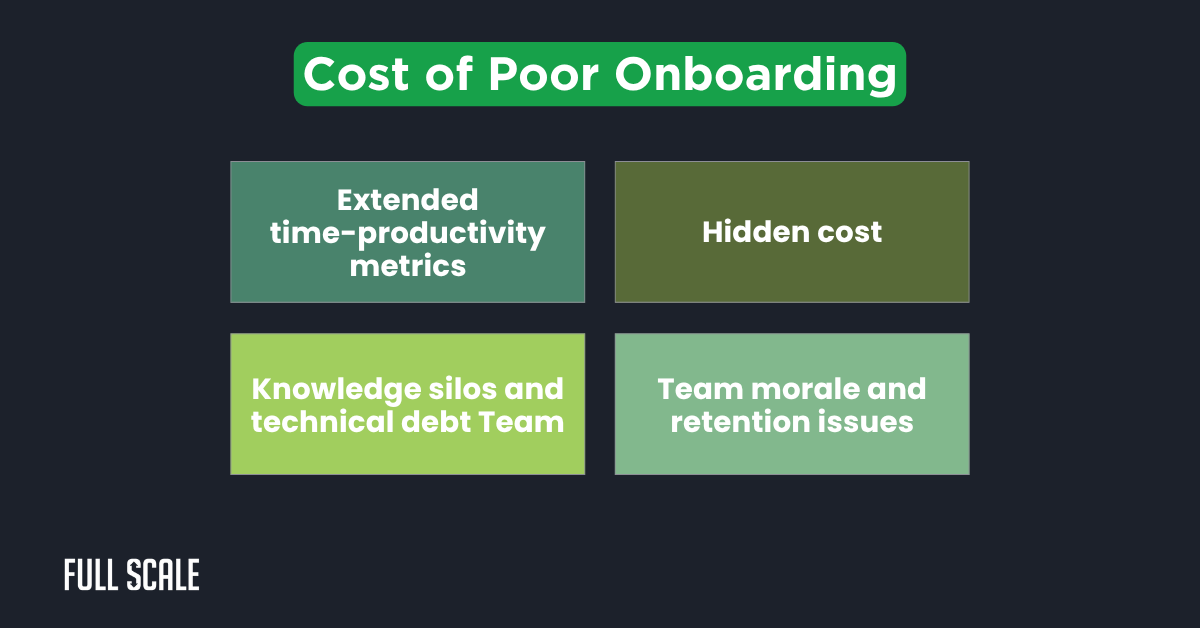
- Extended time-to-productivity metrics: New hires take longer to contribute effectively
- Hidden costs: Senior developers spend excess time mentoring, leading to productivity loss
- Knowledge silos and technical debt: Inconsistent knowledge transfer causes long-term issues
- Team morale and retention issues: Poor onboarding experiences lead to higher turnover
FinFlow, a rapidly growing FinTech startup, reduced onboarding time by 65% and saved $25,000 per hire by implementing a structured, seamless developer onboarding program.
Pre-onboarding: Setting the Foundation for Success
A successful, seamless developer onboarding experience starts with thorough preparation. By taking proactive steps to create a welcoming and well-prepared environment, you’ll set your new hires up for success from day one. Here’s a checklist to help you set the stage for your new developers and ensure a smooth, seamless developer onboarding process:
Technical Environment Preparation
- Automate development environment setup with scripting
- Establish access management and security protocols
- Pre-configure IDEs and toolchains for new hires
Documentation Audit and Preparation
- Update architecture diagrams and decision records
- Create codebase navigation guides for self-directed learning
- Ensure API documentation and interface specifications are current
Cultural Integration Preparation
- Document team communication norms and expectations
- Define “definition of done” and quality standards
- Schedule introductory meetings with key stakeholders
By completing these pre-onboarding tasks, you’ll create a welcoming and well-prepared environment for your new developers, laying the foundation for a seamless developer onboarding process.
Week One: Technical Immersion and First Contributions
The first week of onboarding is critical for setting the tone and ensuring new hires feel supported and engaged. By providing a comprehensive technical welcome package, conducting codebase walkthroughs, and assigning graduated coding challenges, you’ll help new hires build confidence and start contributing quickly, furthering the seamless developer onboarding experience.
Here’s how to structure a successful first week:
Day 1: The Ideal First Day
- Provide a comprehensive technical welcome package
- Conduct an initial codebase walkthrough session
- Set up the first sprint/work items
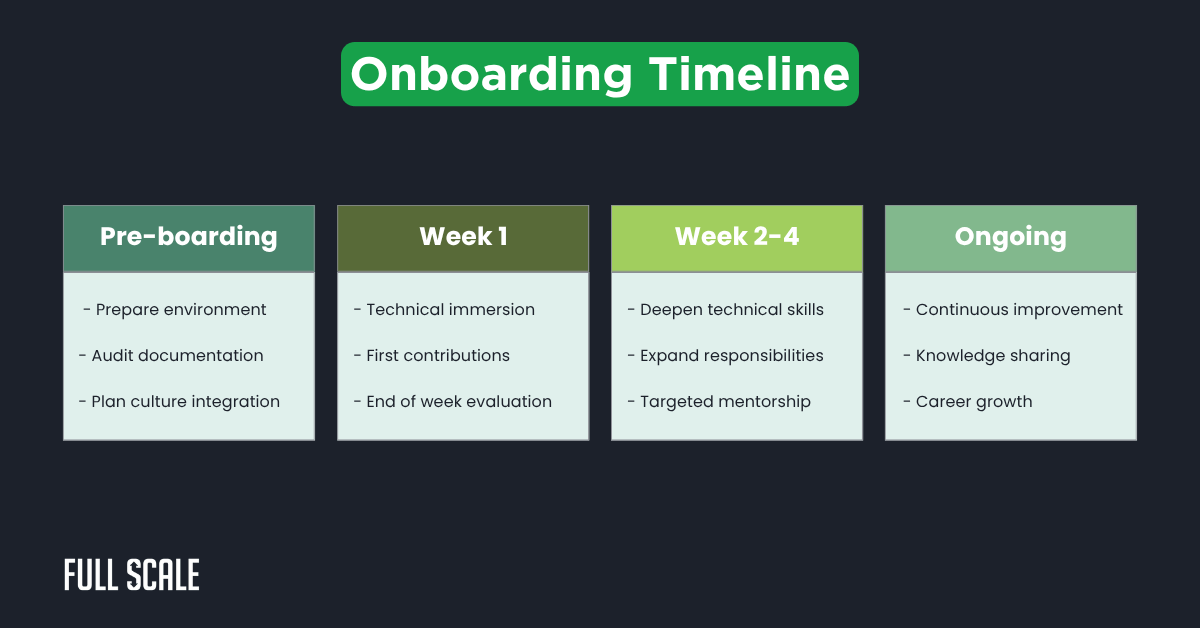
Graduated Coding Challenges
- Assign scaffolded bug fixes that teach the codebase
- Encourage pair programming with senior developers
- Introduce the code review process and expectations
End of Week Evaluation
Tracking progress and gathering feedback is essential for identifying areas of improvement and ensuring new hires are on the right track. Use a combination of productivity, code quality, and collaboration metrics to assess their performance and provide constructive feedback, reinforcing the seamless developer onboarding process.
| Evaluation Criteria | Metrics |
| Productivity | Lines of code, tickets closed, PR volume |
| Code Quality | Code review feedback, bug introduction |
| Collaboration | Pair programming, knowledge sharing |
Weeks 2-4: Deepening Technical Integration
As new hires gain confidence and familiarity with the codebase, it’s time to focus on expanding their contributions and responsibilities. By implementing a progressive responsibility framework, identifying knowledge gaps, and providing targeted mentorship.
You’ll help new hires deepen their technical skills and become fully integrated team members, enhancing the seamless developer onboarding experience.
Progressive Responsibility Framework
- Gradually increase the complexity of assignments
- Assign solo project milestones to assess individual performance
- Introduce cross-functional collaboration opportunities
Knowledge Gap Identification and Remediation
- Use technical assessment tools to pinpoint skill gaps
- Create personalized learning plans to address deficits
- Provide just-in-time training modules for emerging needs
Mentorship Structure
- Assign rotating mentors to expose new hires to different expertise
- Hold regular technical deep-dive sessions to accelerate learning
- Gradually reduce code review oversight as skills progress
By providing a structured approach to technical integration, you’ll help new hires deepen their understanding of your codebase and development practices, further enhancing the seamless developer onboarding experience.
Scaling Your Onboarding Process for Distributed Teams
In today’s global workforce, onboarding remote and offshore developers requires additional considerations to ensure a smooth integration. By adapting your onboarding process to accommodate different time zones, leveraging automation tools, and implementing documentation as code practices, you’ll create a consistent and seamless developer onboarding experience for all new hires, regardless of location.
Adapting for Remote/Offshore Developers
- Implement asynchronous onboarding techniques to accommodate timezones
- Utilize timezone-friendly knowledge transfer methods like recorded sessions
- Incorporate cultural awareness training for global team integration
Automation Tools for Consistent Experiences
- Build self-service knowledge bases for on-demand learning
- Use interactive learning platforms to guide developer progress
- Implement progress tracking dashboards for managers and new hires
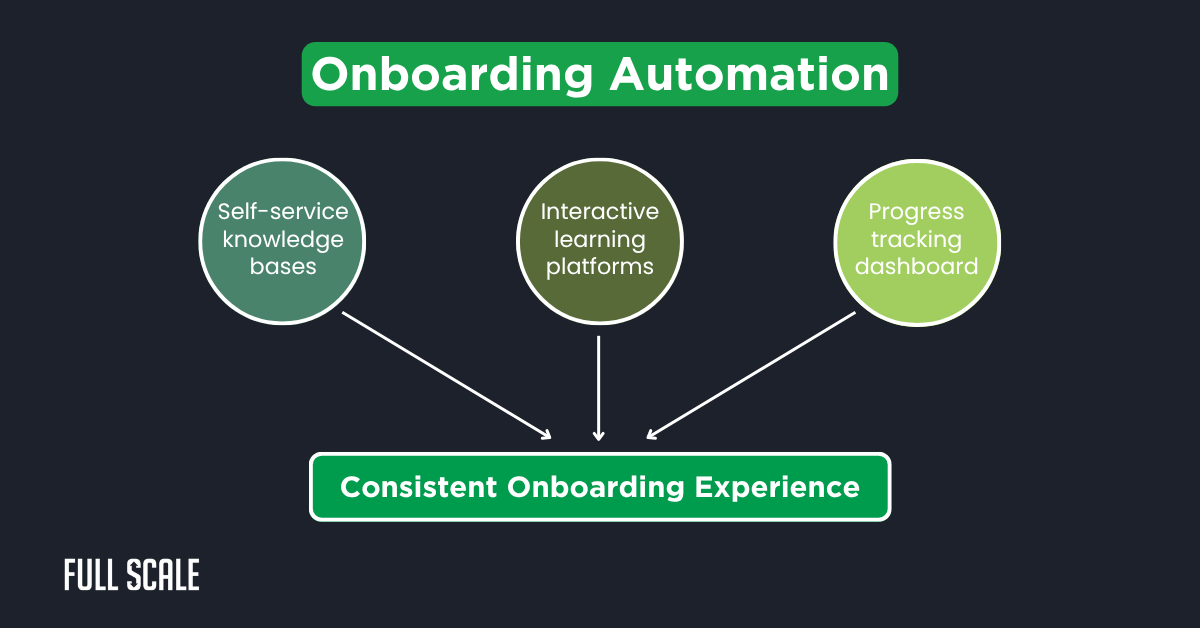
Documentation as Code Practices
- Maintain version-controlled onboarding materials for easy updating
- Encourage developer contributions to onboarding resources for fresh perspectives
- Establish continuous improvement mechanisms to keep content current
By adapting your onboarding process for distributed teams, you’ll create a consistent and seamless developer onboarding experience for all new hires, regardless of location.
Measuring Onboarding Success
To continuously improve your onboarding process, it’s crucial to track key metrics and gather feedback from new hires and their managers. By identifying the right key performance indicators, developing an ROI calculation framework, and implementing a continuous improvement process, you’ll be able to quantify the success of your seamless developer onboarding efforts and make data-driven optimizations.
Key Performance Indicators
- Time to first production commit
- Code quality metrics during the ramp-up period
- Pull request cycle time trends
- Technical question frequency reduction over time
ROI Calculation Framework
- Quantify cost reductions from accelerated productivity
- Measure productivity gains compared to baseline metrics
- Analyze retention improvements and associated cost savings
Continuous Improvement Process
- Conduct exit interviews to identify onboarding pain points
- Perform regular retrospectives to surface improvement ideas
- Benchmark your onboarding against industry leaders
By measuring the success of your onboarding process and incorporating feedback, you’ll be able to refine and optimize your approach to seamless developer onboarding over time.
Advanced Strategies for Enterprise-Scale Onboarding
For larger organizations, implementing cohort-based onboarding programs can further enhance the effectiveness of your onboarding efforts. By structuring technical bootcamps, developing technical certifications, and implementing cross-pollination techniques, you’ll create a scalable and comprehensive onboarding program that supports the growth and development of your technical team, ensuring a seamless developer onboarding experience at scale.
Cohort-Based Onboarding Programs
- Structure technical bootcamps for groups of new hires
- Facilitate peer learning opportunities within cohorts
- Conduct team project simulations to assess collaboration skills
Technical Certifications and Advancement Paths
- Develop internal technical certifications aligned with key skills
- Define clear progression milestones for technical mastery
- Implement recognition and incentive programs to drive advancement
Cross-Pollination Techniques
- Use rotational assignments to expose developers to different products
- Create shadow programs to learn from other teams
- Involve new hires in architecture reviews for a broad context
By implementing these advanced strategies, you’ll create a scalable and comprehensive seamless developer onboarding program that supports the growth and development of your technical team.
Unlocking the Power of Seamless Developer Onboarding
Implementing a seamless developer onboarding process is an investment that pays long-term dividends. By focusing on a strong first week experience, continuously measuring and optimizing your approach, and adapting to the needs of your growing team, you’ll be able to:
- Accelerate time-to-productivity for new hires
- Maintain code quality and consistency
- Foster a collaborative and inclusive team culture
- Improve developer retention and job satisfaction
With a commitment to onboarding excellence and a focus on seamless developer onboarding, you’ll be well-equipped to scale your technical team, deliver high-quality software faster, and drive long-term success for your organization.
Accelerate Your Seamless Developer Onboarding with Full Scale
Implementing a seamless developer onboarding process can be challenging, especially for growing teams. That’s where Full Scale comes in.
At Full Scale, we specialize in integrating skilled developers into high-performing remote teams. Our proven seamless developer onboarding approach ensures your new hires hit the ground running and start contributing quality code faster.
The Full Scale Advantage
- Seamless integration: We align our onboarding with your team’s workflows and culture
- Accelerated productivity: Ramp up new hires faster with our battle-tested onboarding frameworks
- Expert support: Our experienced managers guide developers through your codebase and tools
- Scalable solutions: Grow your teams efficiently with our onboarding playbooks and automation
Don’t let inefficient onboarding slow your growth. Contact us today to optimize your seamless developer onboarding process and start delivering better software faster.
Start Your Trial Team
FAQs: Seamless Developer Onboarding
What are the key components of a seamless developer onboarding process?
A seamless developer onboarding process typically includes:
- Pre-onboarding preparation
- Technical immersion and first contributions
- Deepening technical integration
- Ongoing support and development
How can I accelerate time-to-productivity for new hires?
To accelerate time-to-productivity for new hires, consider:
- Providing a comprehensive technical welcome package
- Conducting codebase walkthroughs
- Assigning graduated coding challenges
- Implementing a mentorship structure
What are the benefits of implementing a seamless developer onboarding process?
The benefits of implementing a seamless developer onboarding process include:
- Faster time-to-productivity for new hires
- Improved code quality and consistency
- Enhanced team collaboration and knowledge sharing
- Increased developer retention and job satisfaction
How can I measure the success of my developer onboarding process?
To measure the success of your developer onboarding process, track key metrics such as:
- Time to first production commit
- Code quality metrics during ramp-up
- Pull request cycle time trends
- Technical question frequency reduction over time
What challenges can I expect when onboarding remote developers?
When onboarding remote developers, you may face challenges such as:
- Accommodating different time zones
- Ensuring consistent knowledge transfer
- Fostering team integration and collaboration
- Maintaining a cohesive company culture
How can Full Scale help with my seamless developer onboarding needs?
Full Scale specializes in integrating skilled developers into high-performing remote teams. Our services include:
- Aligning onboarding with your team’s workflows and culture
- Providing battle-tested onboarding frameworks to ramp up new hires faster
- Offering experienced managers to guide developers through your codebase and tools
- Delivering scalable solutions, including onboarding playbooks and automation

Matt Watson is a serial tech entrepreneur who has started four companies and had a nine-figure exit. He was the founder and CTO of VinSolutions, the #1 CRM software used in today’s automotive industry. He has over twenty years of experience working as a tech CTO and building cutting-edge SaaS solutions.
As the CEO of Full Scale, he has helped over 100 tech companies build their software services and development teams. Full Scale specializes in helping tech companies grow by augmenting their in-house teams with software development talent from the Philippines.
Matt hosts Startup Hustle, a top podcast about entrepreneurship with over 6 million downloads. He has a wealth of knowledge about startups and business from his personal experience and from interviewing hundreds of other entrepreneurs.


